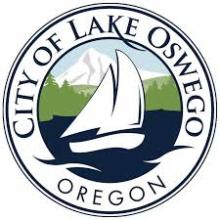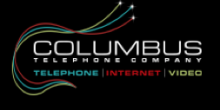SandyNet Increases Speeds, Keeps Low Prices
On July 4th, Sandy, Oregon’s municipal fiber-optic network, SandyNet, permanently increased the speed of its entry-level Internet package from 100 Megabits per second (Mbps) to 300 Mbps at no additional cost to subscribers.
The city announced the speed boost for its $39.95 per month tier in a recent press release, calling it “one of the best deals in the nation.” SandyNet customers witness blazing fast download speeds at affordable prices and benefit from symmetrical upload speeds, allowing them to seamlessly interact with the cloud and work from home.
Sandy is still home the “$60 Gig” (see price chart), one of the premier gigabit Internet offers in the nation. Without an electric utility, SandyNet’s unique model can be applied to “Anytown, USA.”
Read our report on Sandy, SandyNet Goes Gig: A Model for Anytown, USA, for details on the community's Fiber-to-the Home (FTTH) and fixed wireless networks and listen to Chris interview Sandy officials in Community Broadband Bits Podcast Episode 167.
Check out our video on Sandy:













